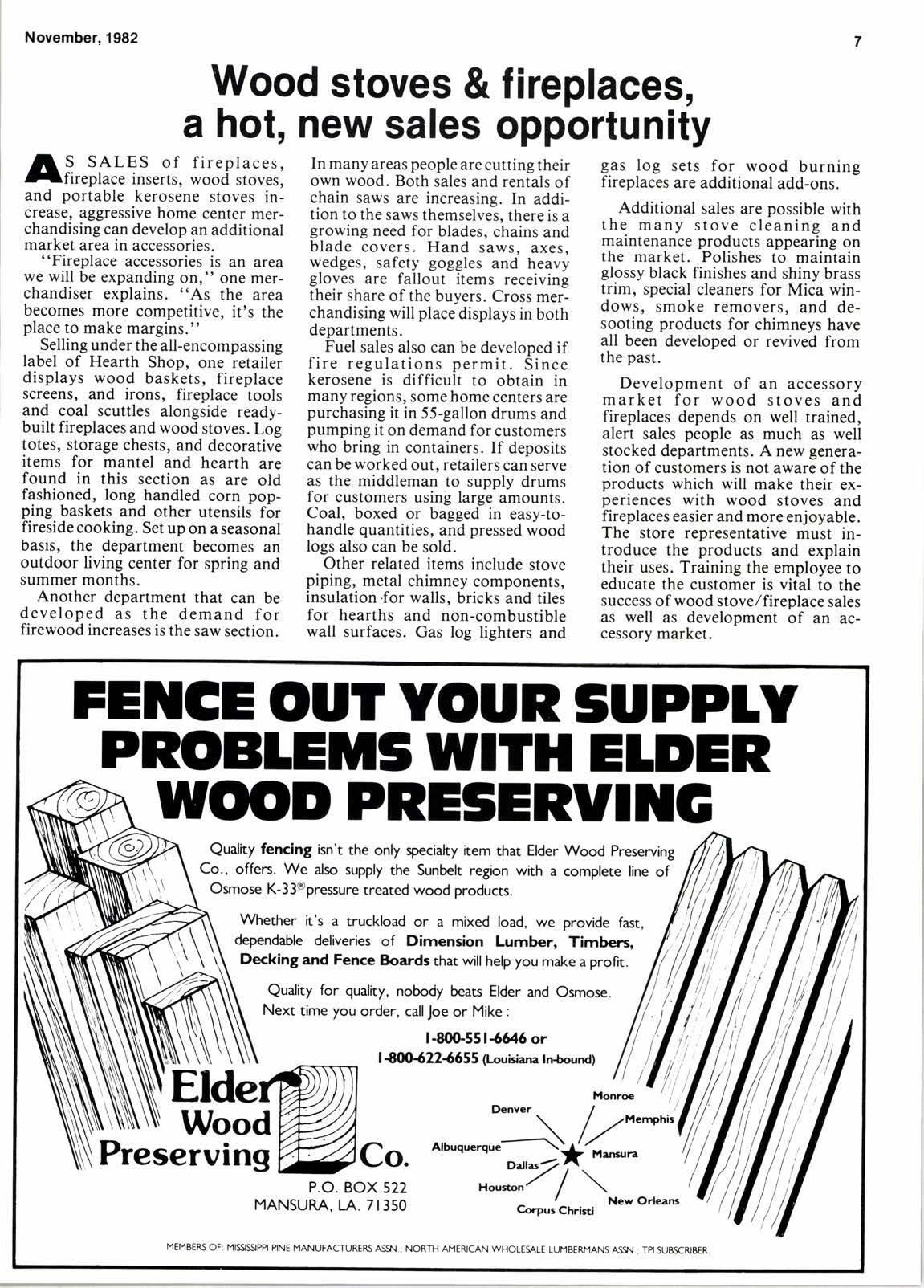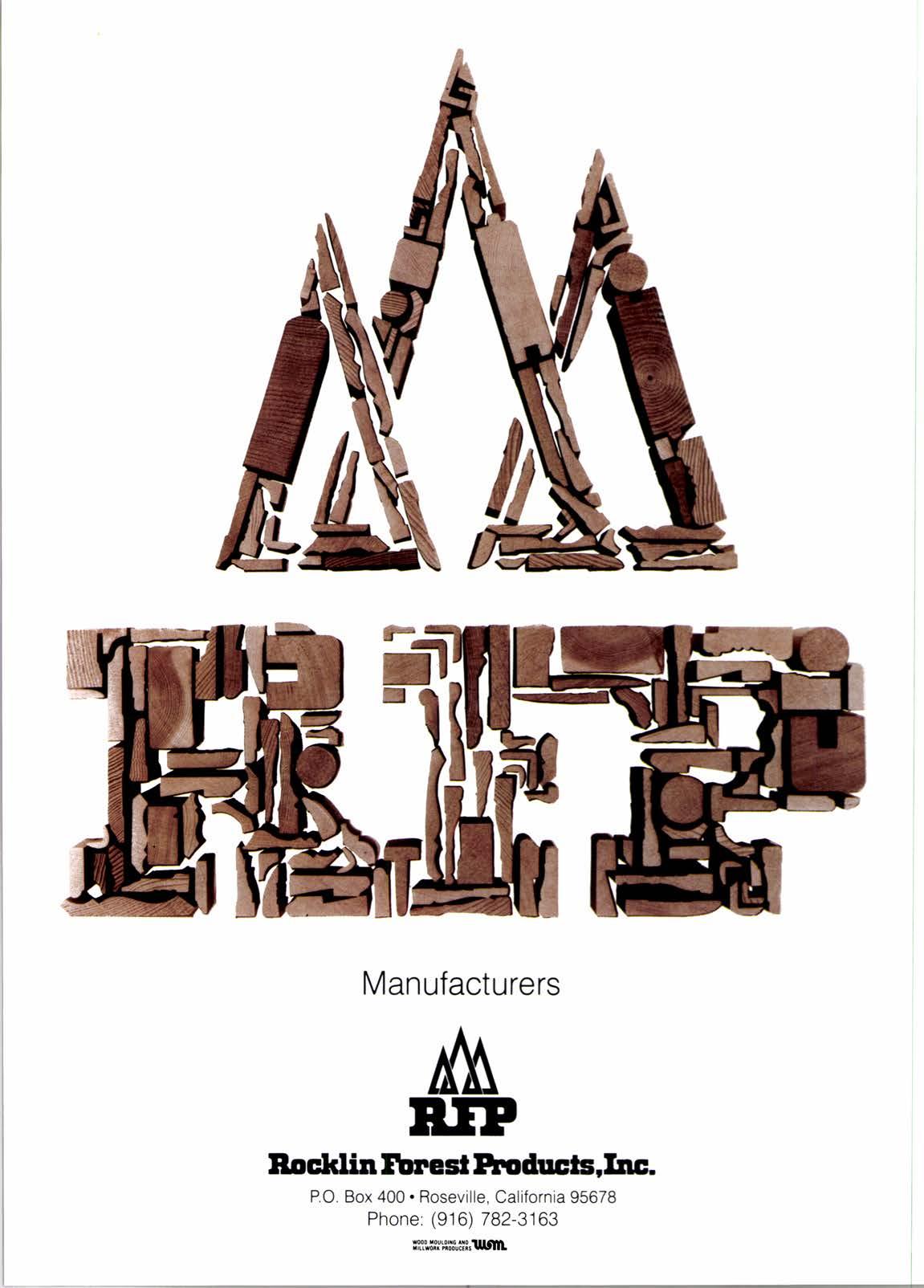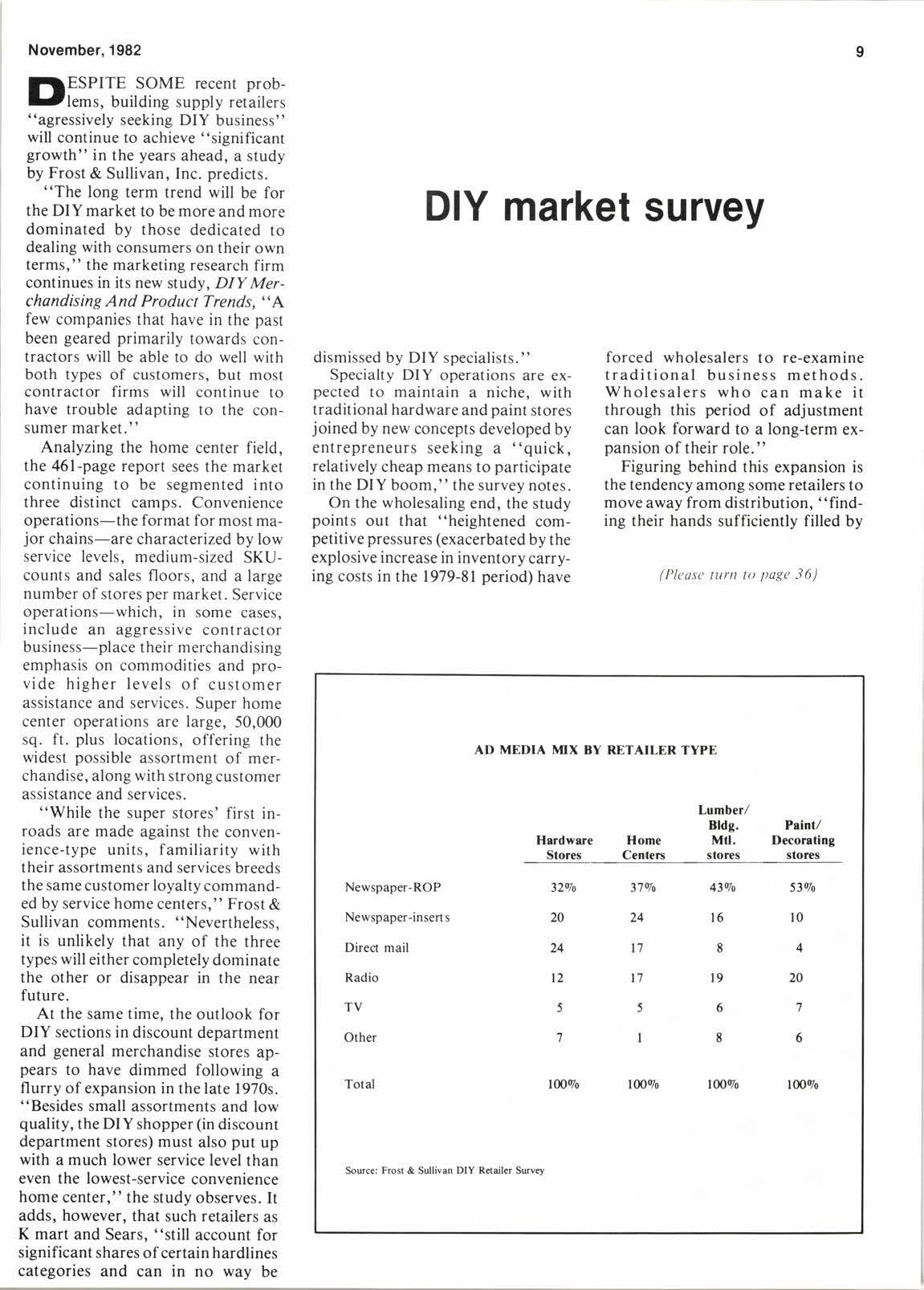
1 minute read
FE]ICE OUTYOURSUPPTY PROBTETISWTTH ELDER WOOD PRESERUI]IG
Quafity fencing isn't the only ryeciahy item that Elder Wood Preserving /li /tV Co., offen. We also supply the Sunbelt region with a complete ti,ne of l// lilll osrnose K-33@pressure treated wood producrs
\Mether it's a truckload or a mixed load, we provide fast. l:llU',, we provide fast, dependable deliveries of Dimensbn Lumber, Timberc,
Decking and Fence Boards that will help you make a profrt.
Qualty for quality, nobody beats Elder and Osmose. Next time you order, call Joe or Mike : l-B(X!'551{6{6 or | {m{22{655 fiouisiarn Inaound)

ESPITE SOME recent problems, building supply retailers "agressively seeking DIY business" will continue to achieve "significant growth" in the years ahead, a study by Frost & Sullivan, Inc. predicts.
"The long term trend will be for the DIY market to be more and more dominated by those dedicated to dealing with consumers on their own terms," the marketing research firm continues in its new study, DIY Merchandising And Product Trends, " A few companies that have in the past been geared primarily towards contractors will be able to do well with both types of customers, but most contractor firms will continue to have trouble adapting to the consumer market."
Analyzing the home center field, the 461-page report sees the market continuing to be segmented into three distinct camps. Convenience operations-the format for most major chains-are characterized by low service levels, medium-sized SKUcounts and sales floors, and a large number of stores per market. Service operations-which, in some cases, include an aggressive contractor business-place their merchandising emphasis on commodities and provide higher levels of customer assistance and services. Super home center operations are large, 50,000 sq. ft. plus locations, offering the widest possible assortment of merchandise, along with strong customer assistance and services.
"While the super stores' first inroads are made against the convenience-type units, familiarity with their assortments and services breeds the same customer loyalty commanded by service home centers," Frost & Sullivan comments. "Nevertheless, it is unlikely that any of the three types will either completely dominate the other or disappear in the near future.
At the same time, the outlook for DIY sections in discount department and general merchandise stores appears to have dimmed following a flurry of expansion in the late 1970s. "Besides small assortments and low quality, the DI Y shopper (in discount department stores) must also put up with a much lower service level than even the lowest-service convenience home center," the study observes. It adds, however, that such retailers as K mart and Sears, "still account for significant shares of certain hardlines categories and can in no way be











